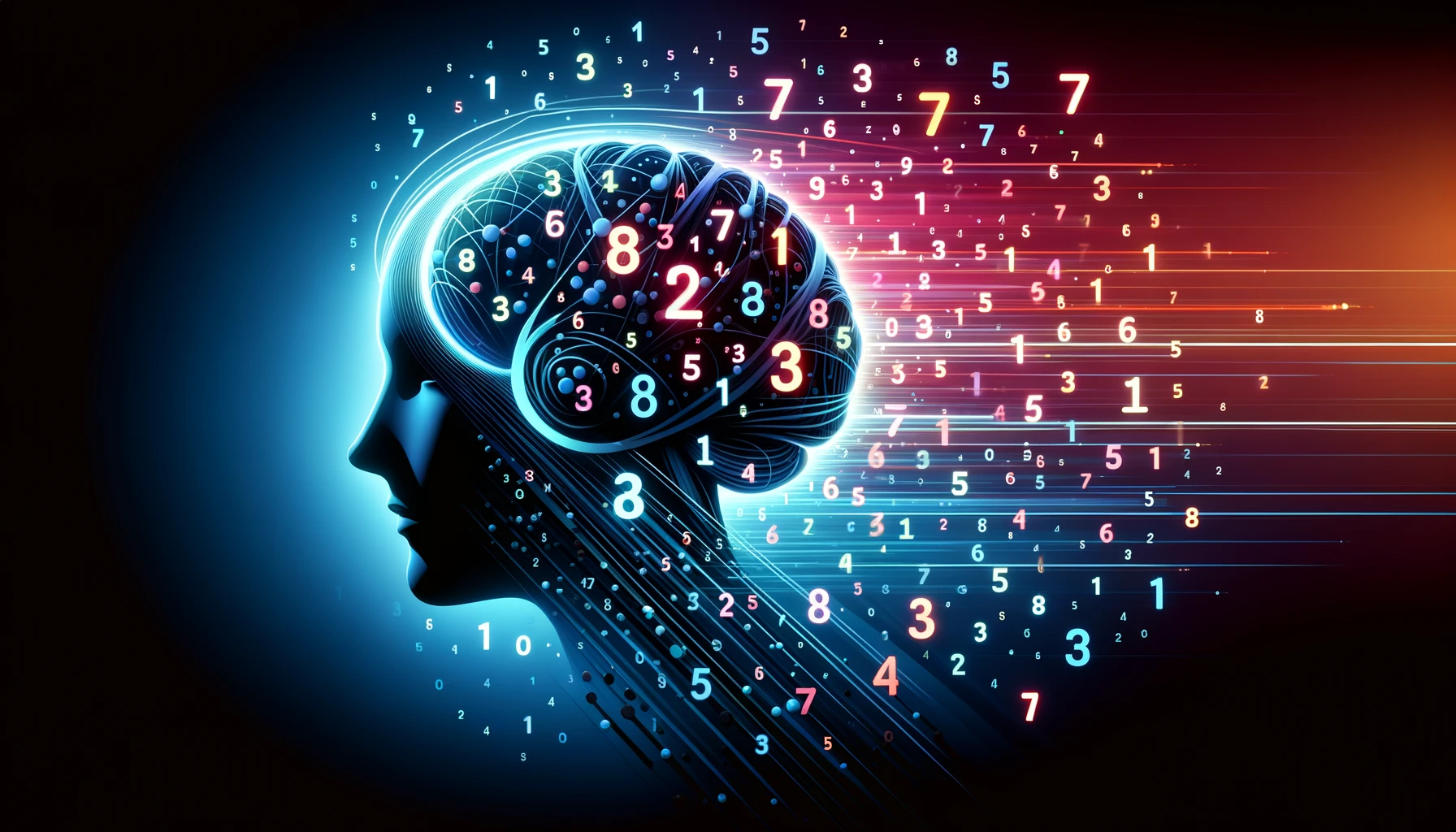Recent research has unveiled an intriguing phenomenon: AI models demonstrate a preference for certain numbers, a behavior that parallels human tendencies. This discovery, detailed in a report by researchers from OpenAI and Stanford University, suggests that advanced AI systems might be developing quasi-personal attributes, a notion that raises questions about their increasing sophistication and the potential implications for their use.
Unveiling AI’s Numerical Bias
The study, published on May 28, 2024, in Nature Communications, delves into the peculiar patterns exhibited by large language models (LLMs) like GPT-4. Researchers analyzed outputs from these models across various tasks and found a consistent bias towards specific numbers. This behavior was most evident in models generating random numbers or making numerical estimates.
Lead researcher Dr. Maria Gomez of Stanford University explains, “We observed that when tasked with generating random numbers, models like GPT-4 frequently chose certain numbers more often than statistical randomness would predict. This bias reflects a human-like tendency to favor ‘lucky’ or culturally significant numbers.”

Context and Background: The Mechanics of AI Preferences
The study’s findings stem from extensive testing and analysis. Researchers fed large datasets into various AI models, instructing them to generate numbers under different conditions. Despite being designed to simulate randomness, these models exhibited consistent biases. For instance, numbers like 7, 3, and 10 were selected disproportionately, mirroring common human preferences.
Dr. Gomez notes, “The preference for certain numbers appears rooted in the training data these models are exposed to. Cultural and contextual biases present in the data influence the model’s outputs, leading to these numerical predilections.”
This revelation is particularly significant as it highlights the underlying intricacies of AI behavior, suggesting that the models’ outputs are not purely objective. Instead, they are subtly shaped by the biases inherent in their training data. This understanding is crucial for developers and users of AI, as it underscores the importance of scrutinizing the data fed into these systems.
Implications and Expert Opinions
From my point of view, the discovery of numerical biases in AI models is a double-edged sword. On one hand, it underscores the sophistication and evolving complexity of these systems. The fact that AI models exhibit human-like tendencies suggests they are becoming more nuanced and capable of mirroring human thought processes. This could enhance their utility in fields requiring a deep understanding of human behavior and preferences, such as marketing or user experience design.
However, this development also raises concerns about the potential for unintended consequences. If AI models are inherently biased, their outputs could perpetuate or even exacerbate existing societal biases. For example, in applications like automated decision-making or predictive analytics, these biases could lead to skewed results that unfairly impact certain groups or individuals.
As I see it, the key takeaway from this study is the necessity for greater transparency and accountability in AI development. Researchers and developers must be vigilant in identifying and mitigating biases within their models. This includes diversifying training datasets and implementing robust mechanisms to detect and correct biases.
Moreover, ongoing research into AI behavior is essential. Continuous monitoring and evaluation of AI systems will help ensure they function as intended and align with ethical standards. By doing so, we can harness the benefits of AI while minimizing the risks associated with its use.
Conclusion
The discovery that AI models have favorite numbers because they reflect human-like biases offers valuable insights into the evolving nature of artificial intelligence. While this phenomenon highlights the sophisticated behavior of modern AI systems, it also underscores the critical need for vigilance in their development and deployment. As AI continues to integrate into various aspects of society, understanding and addressing these biases will be paramount to ensuring fair and equitable outcomes.






